Learn about Brunnera Flowers: their types, care and garden uses. Discover how to grow these charming blue blooms, perfect for shade gardens and woodland settings.
Have you ever seen small blue flowers that look like tiny forget-me-nots but bloom earlier? Those might be Brunnera flowers! These pretty plants are great for shady spots in gardens. Let’s learn more about these lovely blue bloomers.
Certainly! Here’s a chart with information about Brunnera flowers:
| Aspect | Details |
|---|---|
| Botanical Name | Brunnera macrophylla |
| Common Name | Brunnera, Siberian Bugloss, False Forget-Me-Not |
| Plant Type | Perennial |
| Hardiness Zone | Zones 3-8 |
| Sun Exposure | Part shade to full shade |
| Soil Type | Well-drained, moist, rich soil |
| Watering Needs | Moderate; prefers consistent moisture |
| Growth Habit | Clumping, mounding |
| Height/Spread | 12-18 inches tall / 12-24 inches spread |
| Special Features | Heart-shaped leaves, blue forget-me-not-like flowers in spring, attractive foliage (often variegated), deer-resistant, good for shade gardens |
What is Brunnera?
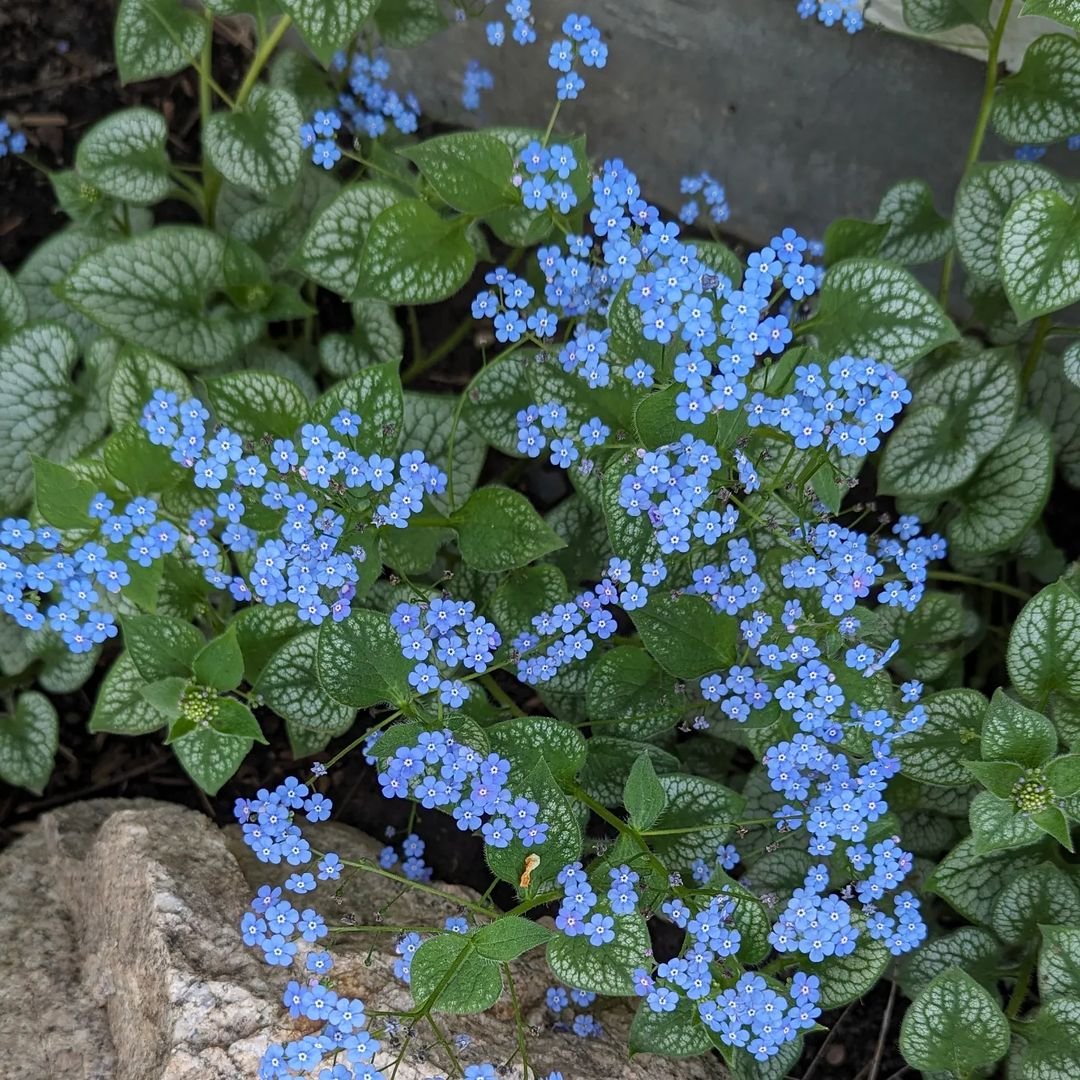
Brunnera, also called Siberian bugloss, is a group of plants that grow well in shade. They’re known for their heart-shaped leaves and small blue flowers that bloom in spring.
How Does Brunnera Look?
- Flowers: Small, blue, star-shaped
- Leaves: Large, heart-shaped, often with silver patterns
- Size: Usually grows 1 to 1.5 feet tall and wide
- Bloom Time: Early to mid-spring
Popular Types of Brunnera
- Brunnera macrophylla: The common type with green leaves
- Brunnera ‘Jack Frost’: Silver leaves with green veins
- Brunnera ‘Looking Glass’: Almost entirely silver leaves
- Brunnera ‘Variegata’: Green leaves with white edges
Growing Brunnera in Your Garden
Want to grow these pretty blue flowers? Here’s how:
- Choose a spot with partial to full shade.
- Plant in soil that stays moist but drains well.
- Plant in spring or fall.
- Water regularly, especially during dry spells.
- Add compost to the soil each spring.
Uses of Brunnera
- In Shade Gardens: Brunnera is perfect for woodland gardens or shady spots.
- As Ground Cover: They can spread to cover shady areas under trees.
- In Containers: Brunnera works well in pots on shady patios or balconies.
- For Spring Color: Their early blue flowers bring color to the garden in spring.
Caring for Brunnera
- Watering: Keep soil moist but not soggy.
- Fertilizing: Feed with compost in spring.
- Pruning: Remove old, damaged leaves in early spring.
- Winter care: Add a layer of mulch to protect roots in cold areas.
Fun Facts
- Brunnera is named after Samuel Brunner, a Swiss botanist.
- The leaves of some Brunnera types can be as big as your hand!
- Deer and rabbits usually don’t eat Brunnera.
Things to Watch Out For
- Brunnera can spread by self-seeding, but it’s usually easy to control.
- In hot, dry weather, the leaves might get brown edges.
- Some types with very silver leaves might need more sun than others.
Brunnera is a great plant for adding color and interest to shady spots in your garden. With their pretty blue flowers in spring and interesting leaves all season, they’re sure to be a garden favorite. Whether you have a woodland garden or just a shady corner, Brunnera can bring a touch of blue beauty to your space.
I hope this article helps you learn about Brunnera flowers. Have you ever seen these pretty blue blooms in a shady garden? They’re a great way to brighten up those darker spots in your yard!
For more gardening tips and plant care guides, visit usagardenhub.com.
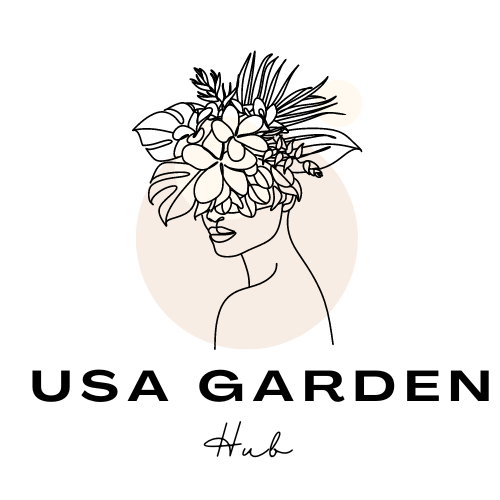

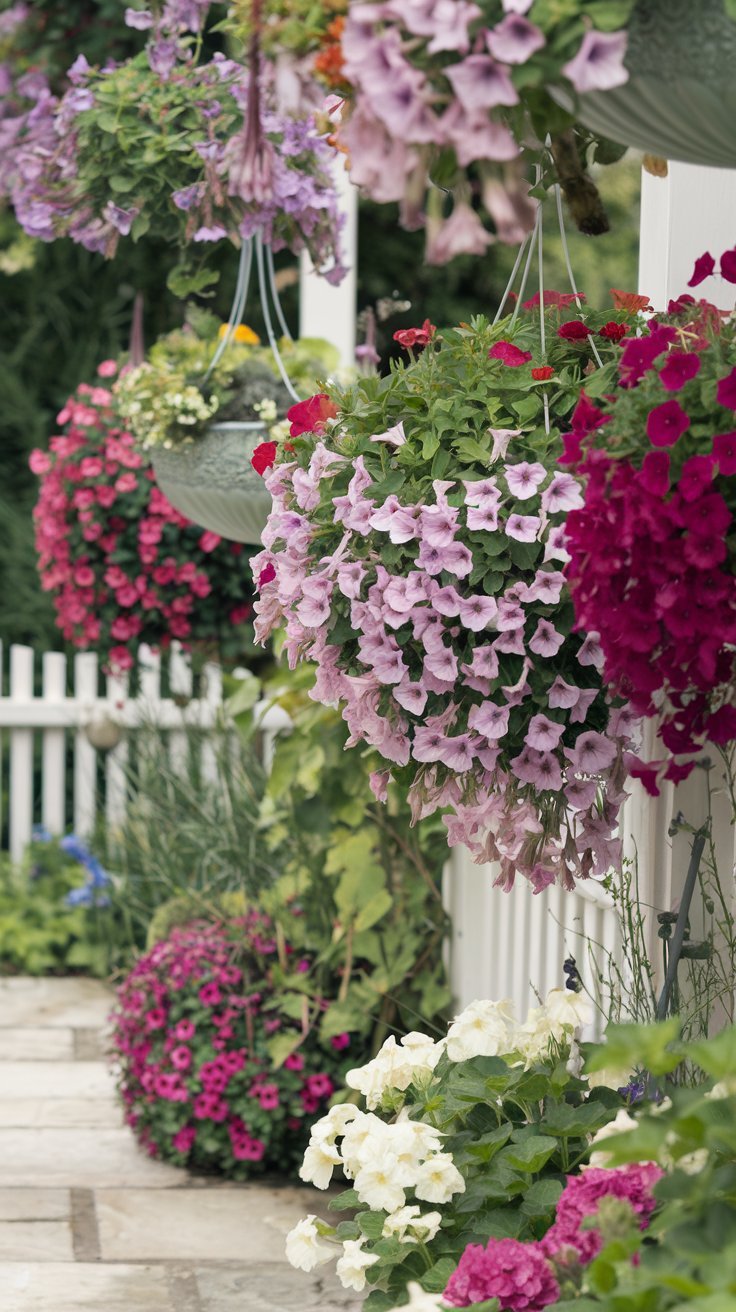
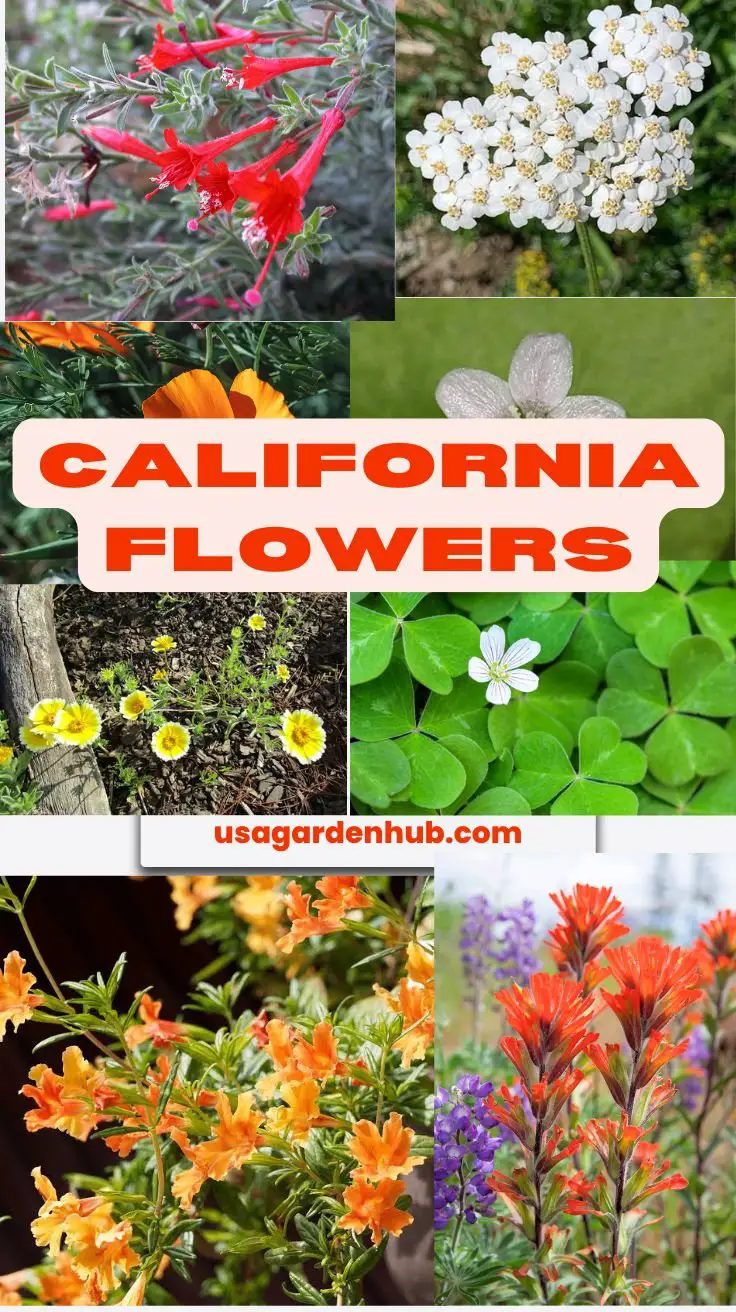
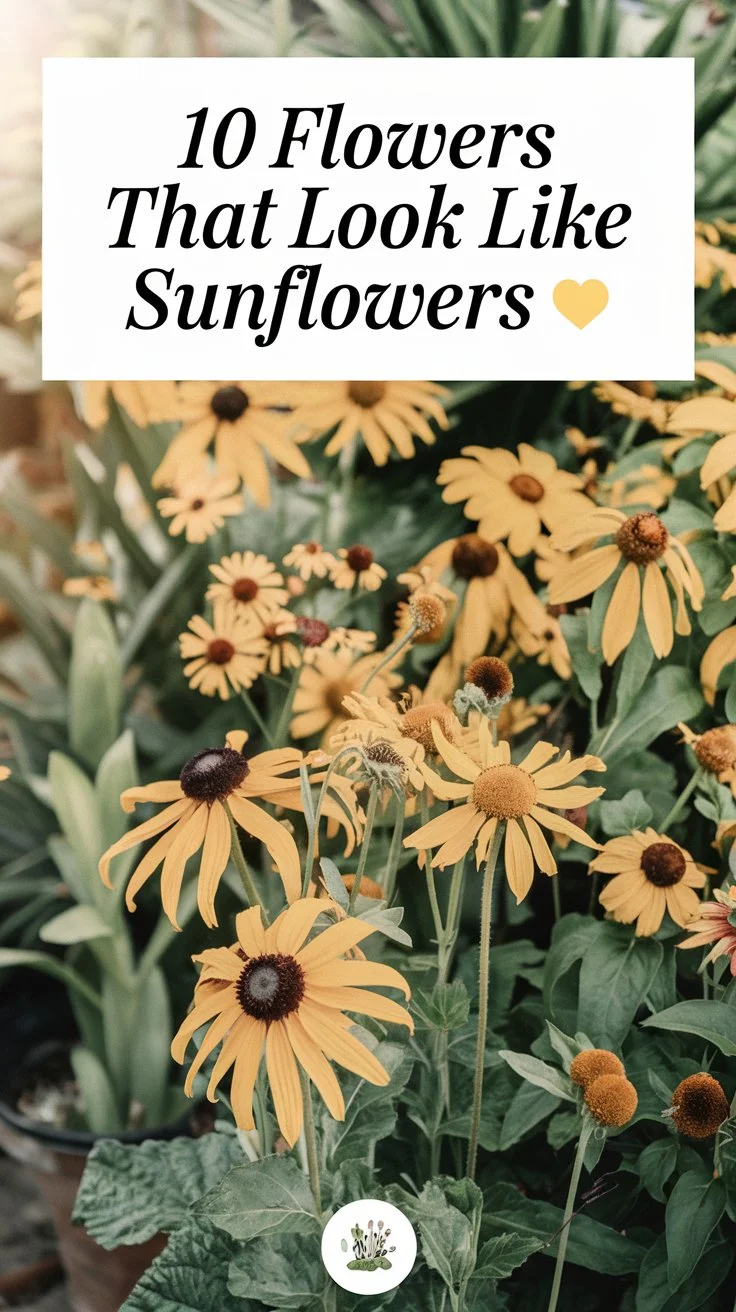
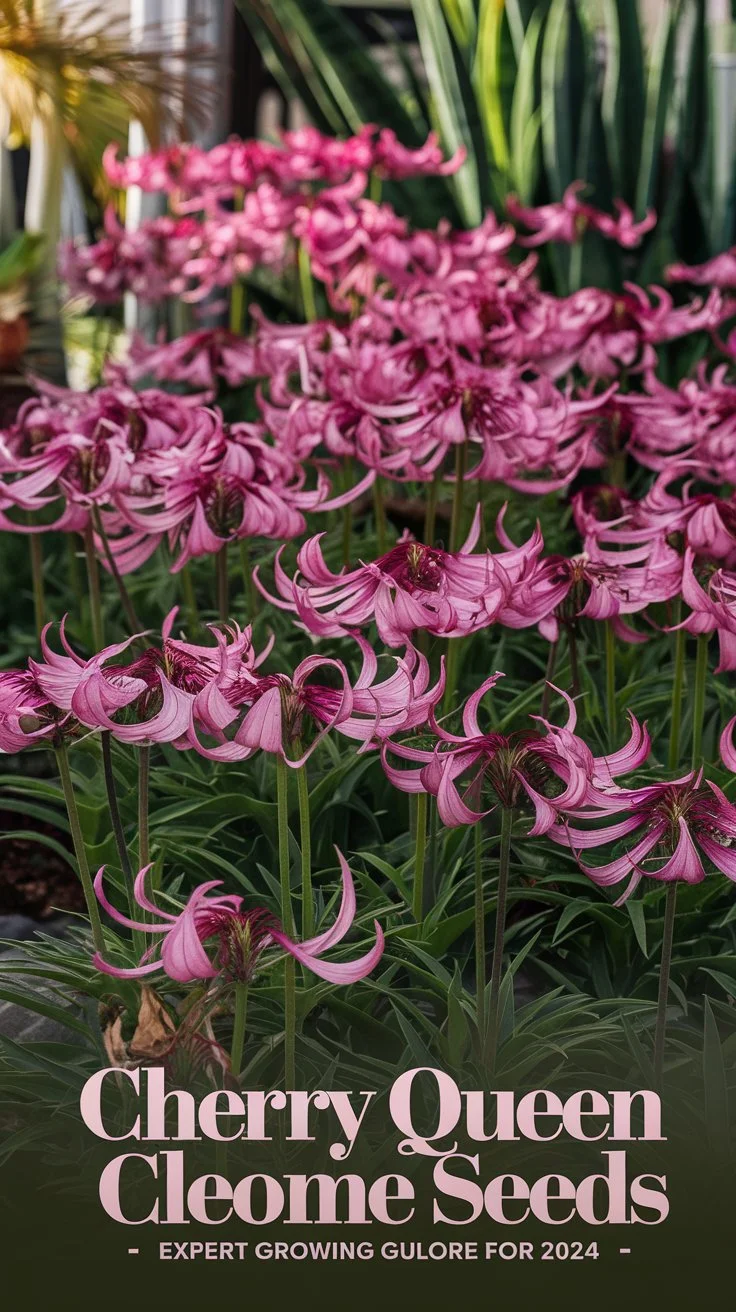
One thought on “Brunnera : The Charming Blue Stars of Shade Gardens”